Seven wild months at Musk’s company | 1,843 magazine.



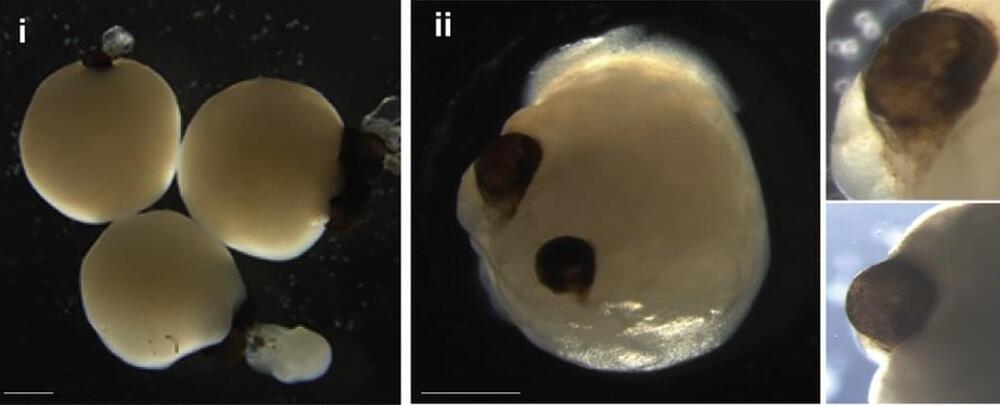
Mini brains grown in a lab from stem cells spontaneously developed rudimentary eye structures, scientists reported in a fascinating 2021 paper.
On tiny, human-derived brain organoids grown in dishes, two bilaterally symmetrical optic cups were seen to grow, mirroring the development of eye structures in human embryos. This incredible result could help us to better understand the process of eye differentiation and development, as well as eye diseases.
“Our work highlights the remarkable ability of brain organoids to generate primitive sensory structures that are light sensitive and harbor cell types similar to those found in the body,” said neuroscientist Jay Gopalakrishnan of University Hospital Düsseldorf in Germany in a 2021 statement.
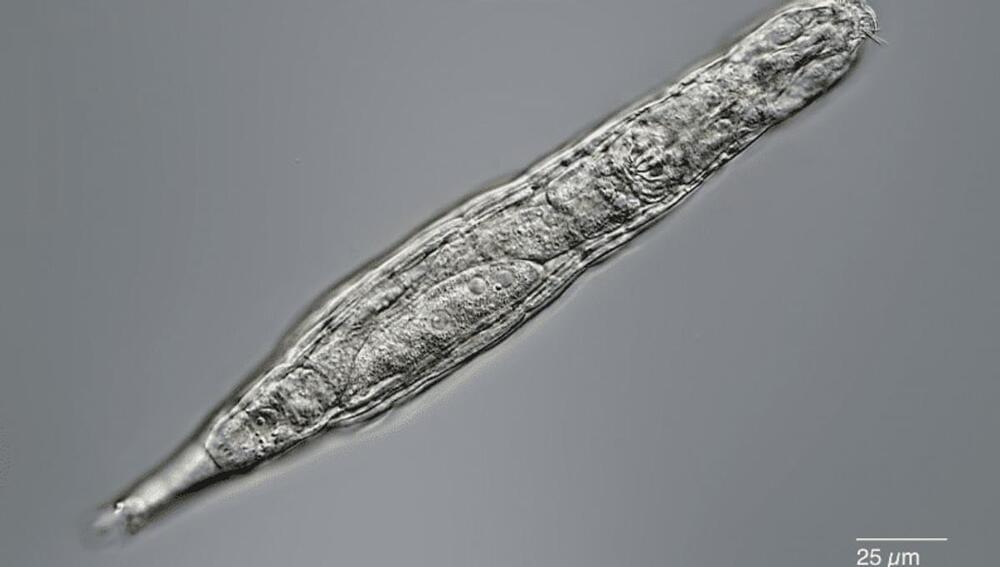
Tardigrades have competition in the realm of microscopic and incredibly sturdy beasties. Like tardigrades, Bdelloid rotifers can also survive drying, freezing, starving, and even low-oxygen conditions. Now, scientists report that they revived some of these rotifers after having been frozen in Siberian permafrost for at least 24,000 years.
The incredible observations are reported in the journal Current Biology. The researchers took samples of permafrost about 3.5 meters (11.5 feet) deep and slowly warmed the sample, which led to the resurrection of several microscopic organisms including these tiny little animals.
“Our report is the hardest proof as of today that multicellular animals could withstand tens of thousands of years in cryptobiosis, the state of almost completely arrested metabolism,” co-author Stas Malavin of the Soil Cryology Laboratory at the Institute of Physicochemical and Biological Problems in Soil Science in Pushchino, Russia, said in a statement.

Complex life on Earth is generally thought to have appeared at least 1.75 billion years ago. But a new study suggests there may have been an earlier period where complex life could have evolved, before disappearing and then reappearing again.
The theory was put forward by a study led by the University of Washington, published today in the Proceedings of the National Academy of Sciences. They describe how isotopic ratios in the element selenium in sedimentary rocks suggest a high presence of oxygen in Earth’s atmosphere between 2 and 2.4 billion years ago.
The suggestion is that for this relatively brief period in Earth’s 4.5-billion-year history, conditions may have been favorable for complex life. Previously, it had been thought that oxygen on Earth went through a period of none, then some, then a lot, when eukaryotes – animals, plants, fungi, and protists – came into existence. But this research suggests there was a spike before “none” and that it dropped down again.

Nearly a million species of insects, living and extinct, have been scientifically described. These have been placed in thousands of genera, but were grouped into just 31 orders. Now, that number is 32 with the discovery of two 100-million-year-old specimens that are so different from anything we have seen before, they required the creation of a new order.
“This insect has a number of features that just don’t match those of any other insect species that I know,” said Emeritus Professor George Poinar of Oregon State University in a statement. “I had never really seen anything like it. It appears to be unique in the insect world, and after considerable discussion we decided it had to take its place in a new order.” The discovery has been published in Cretaceous Research.
Strange as this pair look, they also seem oddly familiar, appearing to resemble a cross between an ant and the aliens people claim abducted them. “While insects with triangular-shaped heads are common today, the hypotenuse of the triangle is always located at the base of the head and attached to the neck, with the vertex at the apex of the head,” the paper notes.
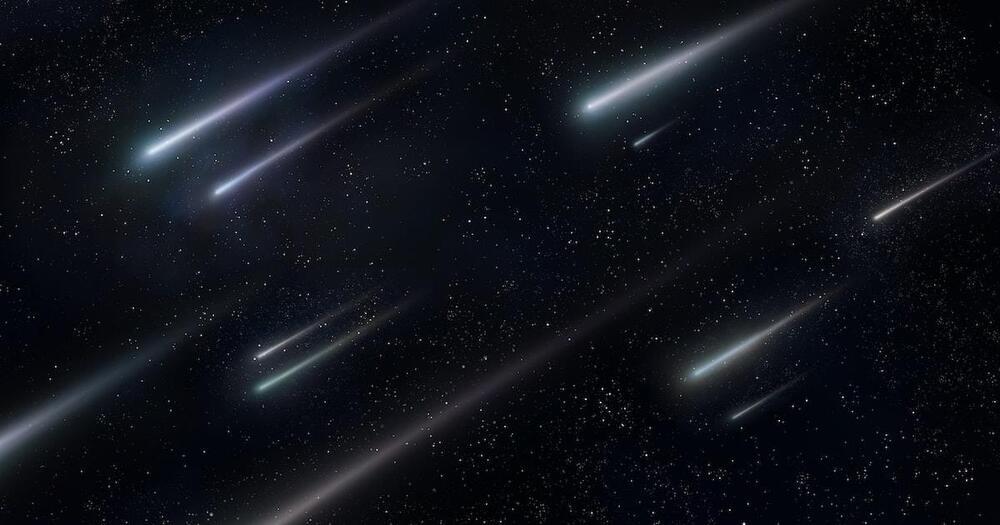
What causes meteor Showers?
Meteor showers are a cool reminder that we live on a giant ball of rock flying through space. As it circles the Sun, Earth sometimes runs into dusty debris trailing in the wake of comets — or, in the case of the Quadrantids, the wake of a small asteroid. Dust grains fall into our atmosphere, and they’re moving so fast that the friction of the air rushing past is enough to disintegrate them, creating the tiny streaks of light we see during meteor showers.
Most of our planet’s encounters with these dusty debris trails happen at about the same point in its orbit, so you can think of annual meteor showers like the Quadrantids as Earth passing a familiar landmark in space.

Happy 2023! Beyond possible analog sound synthesis? Egregore (alt egregor; French égrégore is from Ancient Greek ἐγρήγορος, egrēgoros ‘wakeful’) is an occult concept of a non-physical entity that arises from the collective ideology of a distinct group. Lamp is detail from a group of six circa C16th Tsakli that will feature in new YouTube.
Listen to Posthuman Égrégore.
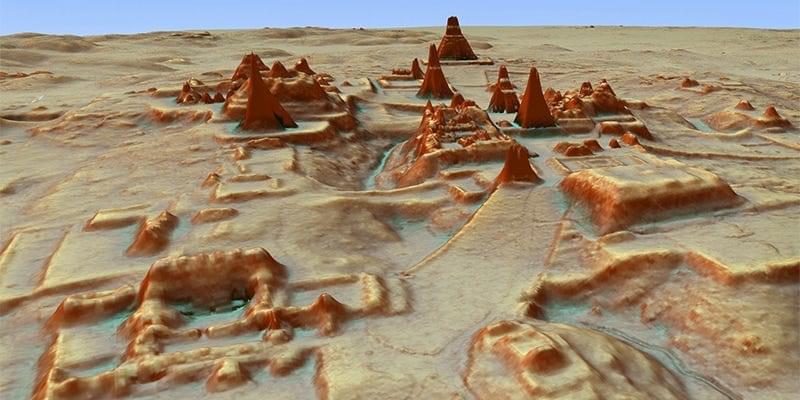
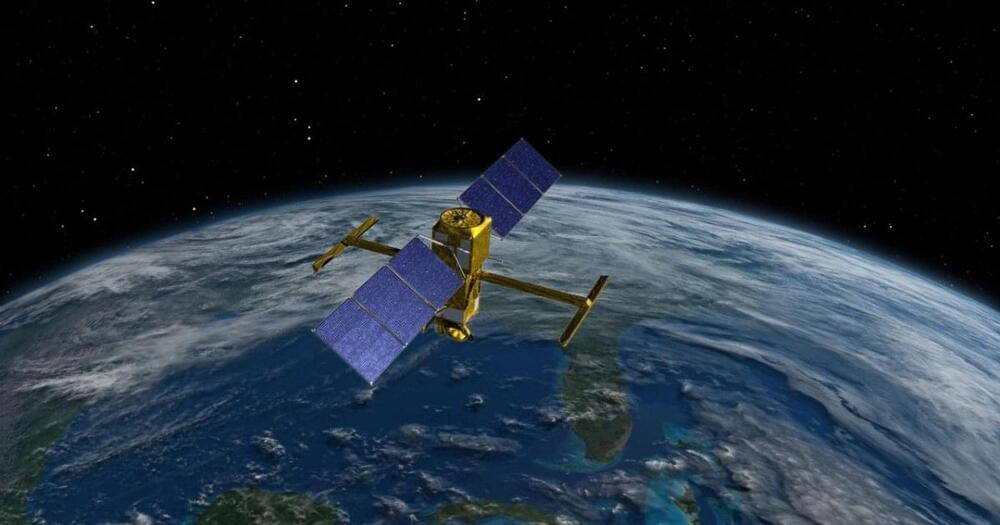
This month, NASA launched a new Earth-monitoring satellite that will observe fresh water systems across the planet. Now, the satellite has unfurled in space ready to begin science operations, and NASA has shared a video showing the unfolding process.
Named the Surface Water and Ocean Topography (SWOT) satellite, it had been folded up to fit inside the SpaceX Falcon 9 rocket which launched it from Vandenberg Space Force Base in California on December 16. Once the satellite reached space, it had to deploy its solar panel arrays, then unfold its mast and antenna panels. While deploying the solar panel arrays was a quick process, taking place shortly after launch, the unfolding of the antennae was much more involved and took four days.
As the SWOT satellite has a camera at the end of its long master, used for its Ka-band Radar Interferometer (KaRIn) instrument, these cameras were able to capture the unfolding process on video. This instrument is a new type of interferometer that will be able to see the depth of fresh water bodies such as lakes and rivers by using radar pulses. It sends two radar pulses down to the surface with a slight offset, allowing researchers to see the depth of these features. This is possible because of the wide spread of its two antennae, spaced 10 meters apart.